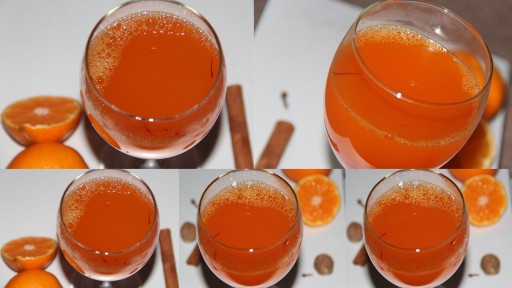Basil has a
revered status in various cultures, and some refer to it as “the sacred herb”. It serves as a symbol of spirituality, protection, and even
divinity. References to Basil's sacred nature are found in religious
texts, historical manuscripts, and cultural literature.
For example:
In Hinduism,
basil is considered sacred to the god Vishnu.
In Greek
Orthodox Christianity, basil is used to prepare holy
water during the Feast of the Epiphany, symbolizing the blessing of
the waters.
In medieval
European folklore and superstitions, basil was believed to ward off
evil spirits and bring good luck.
In traditional
medicine, basil is praised for its potential health benefits. It is
rich in essential oils, vitamins, and antioxidants, and has
anti-inflammatory and antibacterial properties. People who prefer
holistic herbal remedies use basil to treat address ailments such as,
digestive issues and respiratory conditions,
Last, but not
least, basil is a culinary delight. Its leaves are very aromatic
leaves and the herb has a distinctive flavor. Basil's popularity
extends to many countries and culinary traditions:
That short list
includes just a few examples. But is it any wonder that basil is
found in spice cabinets and herb gardens all over the world?
Just a few quick notes about the mythology behind the wonderful herb basil.
~ Basil comes from the Greek word "basilikos", which means "herb worthy of a king". ~ Hindus regard basil as a sacred plant. Historians say basil originated in India and was brought to the West.
~ Ancient Egyptians, Greeks, and Romans were aware of this plant's medicinal qualities and as a flavoring for food.
~ Pliny, a famous Roman citizen, friend to the emperor, a writer, philosopher, and a naturalist, was convinced that basil was a powerful aphrodisiac. Consequently, basil became a symbol for love and lovers.
~ In the Middles Ages, in Europe, basil was used for exorcism, to drive out devils. But the Italians eventually figured out it made a great pesto!
~ Napoleon Bonaparte believed the scent of basil made him smarter, so he would sniff it before preparing plans for battle.
Interesting huh?
REF: Sacred Plant of Eternal Love and Healing: The Mythology and Magic of Basil | Ancient Origins ~ www.ancient-origins.net/history-ancient-traditions/sacred-plant-eternal-love-and-healing-mythology-and-magic-basil-009395























